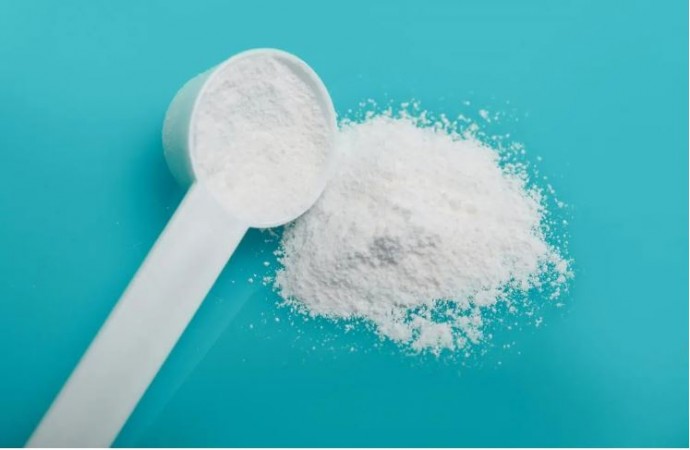
In the world of food additives, maltodextrin stands out as a versatile player, finding its way into a myriad of products we consume daily. But what exactly is maltodextrin, and more importantly, is it safe? Let's delve into the facts and controversies surrounding this commonly used ingredient.
What is Maltodextrin?
Maltodextrin, often encountered as a white powder with a neutral taste, is a carbohydrate additive utilized to enhance the texture, flavor, and shelf life of various food items. It originates from starchy sources like corn, potato, wheat, tapioca, or rice, undergoing a processing technique called hydrolysis to break down starch into smaller sugar molecules.
Where Can You Find Maltodextrin?
The ubiquitous nature of maltodextrin means it lurks in a wide array of products, from pasta and baked goods to salad dressings and energy drinks. Surprisingly, it also makes its way into non-food items like lotions and hair-care products, highlighting its versatility beyond the culinary realm.
Safety Concerns: Separating Fact from Fiction
The safety of maltodextrin has been a subject of scrutiny and debate. While the U.S. Food and Drug Administration (FDA) deems it Generally Recognized as Safe (GRAS), excessive consumption can lead to health risks, including:
1. Impact on Blood Sugar Levels: Maltodextrin boasts a high glycemic index, causing rapid spikes in blood glucose levels, which can be particularly risky for individuals with diabetes or insulin resistance.
2. Gut Microbiota Disruption: Emerging research suggests maltodextrin may disrupt the balance of gut bacteria, potentially leading to intestinal damage and an increased risk of inflammatory bowel diseases.
3. Allergic Reactions: Individuals with celiac disease or gluten intolerance should exercise caution, as maltodextrin sourced from wheat may contain traces of gluten. Moreover, allergic reactions and intolerances to maltodextrin can manifest as skin irritation, asthma, or gastrointestinal discomfort.
4. GMO Controversy: Maltodextrin derived from genetically modified organisms (GMOs), particularly GM corn, raises concerns about environmental impact and potential health risks associated with GMO consumption, although scientific consensus regarding these risks remains elusive.
Benefits and Alternatives
Despite these concerns, maltodextrin offers benefits such as improving food texture and serving as a rapid energy source for athletes. However, individuals seeking alternatives can turn to tapioca starch, guar gum, or pectin as thickeners, while sugar alcohols like sorbitol and erythritol offer lower-calorie options with minimal impact on blood sugar levels. Stevia, a natural sweetener, presents another sugar-free alternative, albeit sometimes blended with maltodextrin or dextrose.
While maltodextrin plays a ubiquitous role in the food industry, its safety remains a subject of debate. Understanding its potential risks and opting for alternatives when possible can empower consumers to make informed dietary choices. As with any food additive, moderation and awareness are key to maintaining a balanced and healthy lifestyle.
Unlocking the Power of Pistachios: 5 Reasons to Enjoy 5 a Day